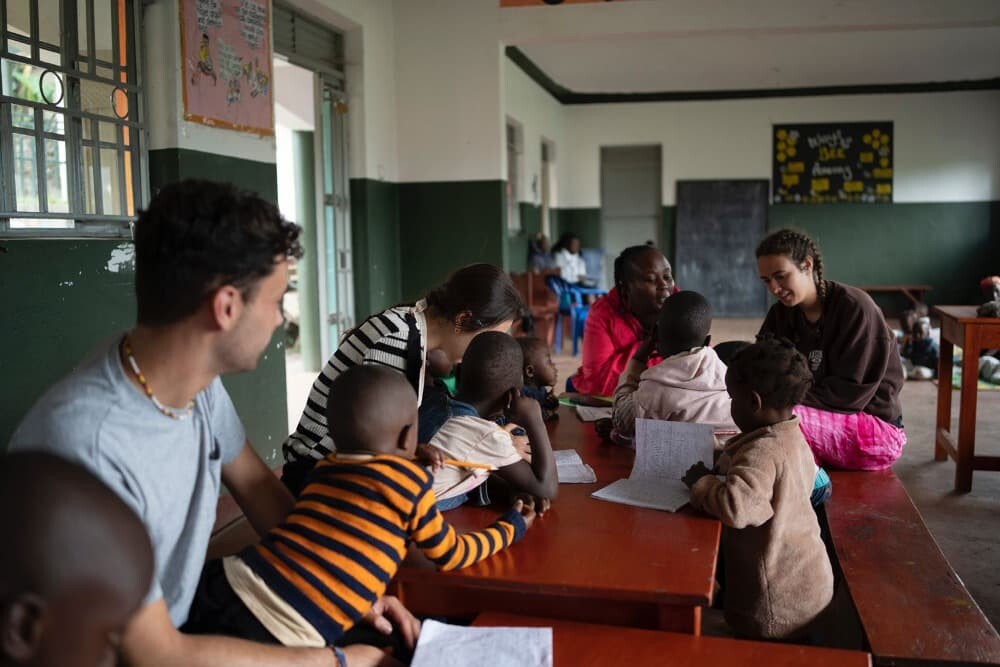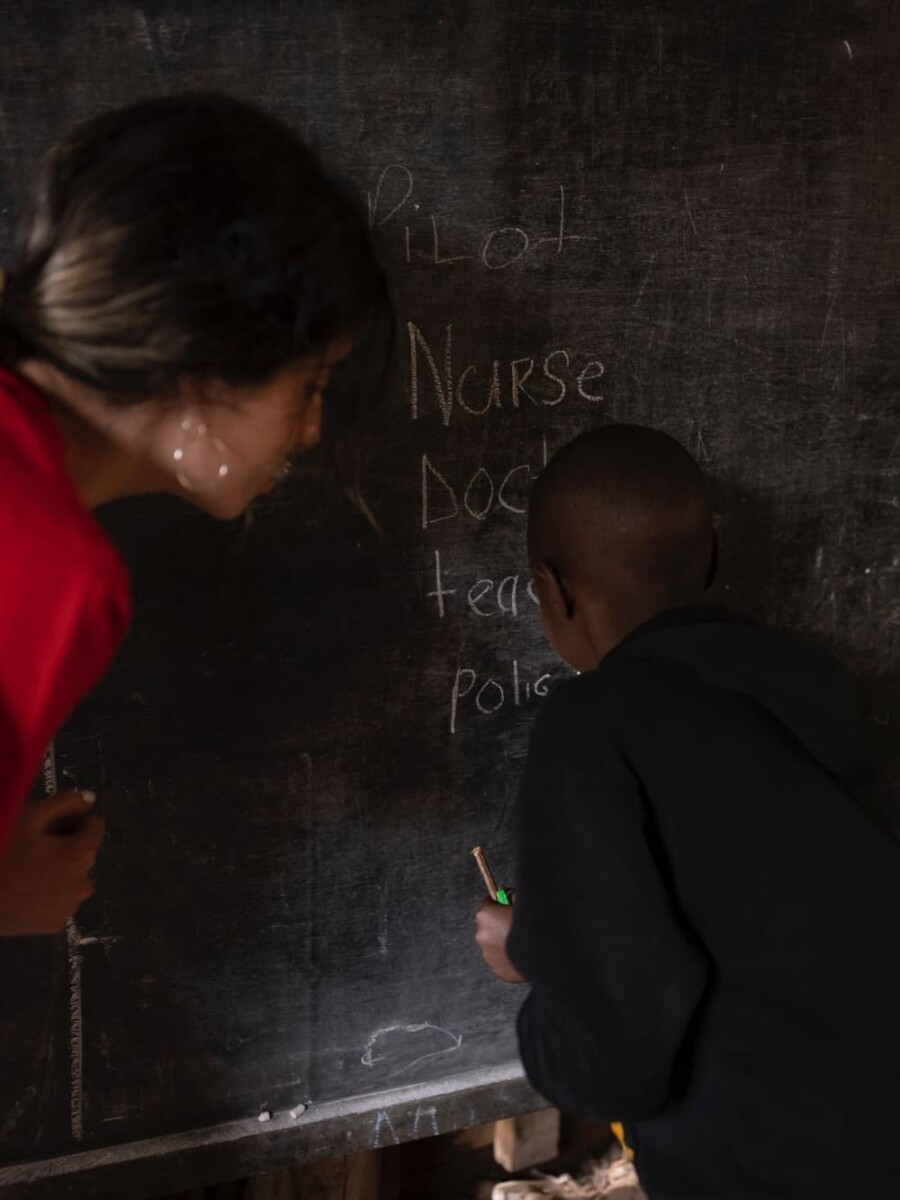Undoubtedly, education is a key driver for the progress and well-being of individuals and societies. Investing in education is investing in a better future for everyone.
Education varies from country to country due to a combination of historical, cultural, economic, and political factors.
History and culture directly influence the education system. Traditions, cultural values, and religious beliefs can determine the focus and content of education. On the other hand, the economic resources available for education vary widely. Wealthier nations can invest more in infrastructure, educational materials, technology, and teacher training, resulting in more advanced education systems. Educational policies are determined by governments and can vary according to political ideals and national priorities. Other factors such as urbanization, migration, population density, and social conflicts also affect education.

At Cooperating Volunteers, many of the projects we collaborate on are directly related to education in different destinations. Today, we will talk about the education model in Uganda, one of the most popular destinations for volunteer experiences.
There have been advances in education in Uganda, but many challenges remain.
QUALITY OF EDUCATION
Despite the implementation of Universal Primary Education (UPE) in 1997 aimed at providing free and compulsory primary education, educational quality has been a challenge due to the high student-teacher ratio and lack of adequate resources, preventing education from being as high-quality as it should be.
INFRASTRUCTURE
Many schools, especially in remote and rural areas, lack adequate infrastructure for teaching. This includes dilapidated classrooms, broken and poor-quality furniture, and lack of teaching materials. In a country where rain is abundant, and with a scarcity of electricity and other factors, conducting classes normally is often nearly impossible.
GENDER INEQUALITY
There is a gap in gender differences, and although efforts have been made to promote girls’ education, challenges with gender equity persist, especially in rural areas. Traditional cultural and social expectations assign different roles to boys and girls, often prioritizing boys’ education over girls’. Many girls are also forced into early marriages, interrupting their education. Additionally, domestic work forces many to drop out of school to take care of the household and family.
SCHOOL DROPOUT
Unfortunately, the dropout rate is quite high, especially during the transition from primary to secondary education. Due to economic, social, and cultural factors, many families cannot afford to continue investing in education, forcing children to drop out of school.

FINANCIAL RESOURCES
Education funding remains very limited and directly affects the government’s ability to improve educational facilities and teacher training.
How is education structured in Uganda?
PRESCHOOL EDUCATION
- Not mandatory or universal.
- Mainly offered by private institutions.
- Serves children aged 3 to 6 years.
PRIMARY EDUCATION
- Comprises seven years (Primary 1 to Primary 7).
- Begins at age 6.
- Free and compulsory according to the Universal Primary Education (UPE) policy
- implemented in 1997.
- At the end, students take the Primary Leaving Examination (PLE).
SECONDARY EDUCATION
- Divided into two cycles: lower secondary (S1 to S4) and upper secondary (S5 to S6).
- Lower secondary lasts four years, ending with the Uganda Certificate of Education (UCE) exam.
- Upper secondary lasts two years, culminating with the Uganda Advanced Certificate of Education (UACE) exam.
TERTIARY EDUCATION
- Includes universities, technical institutes, and teacher training colleges.
- Both public and private institutions.
- Tertiary education includes degrees, diplomas, and certificates in various disciplines.
What initiatives and reforms are proposed or have been proposed?
- Universal Secondary Education (USE)
- Implemented in 2007 to provide free access to secondary education, similar to UPE.
- Early Childhood Development (ECD) Policy
- Initiatives to improve access and quality of preschool education.
- Investments in Educational Technology
- Programs to integrate technology in classrooms and enhance teacher training.
- Literacy Programs
- Efforts to increase literacy rates among adults and youth outside the formal school system.
Uganda is committed to making significant progress in expanding access to education, continuously reviewing the curriculum to make it more relevant and aligned with labor market needs. Ongoing policy reforms aim to address these issues and improve the education system.
There is much to be done, but we are on the right path.



